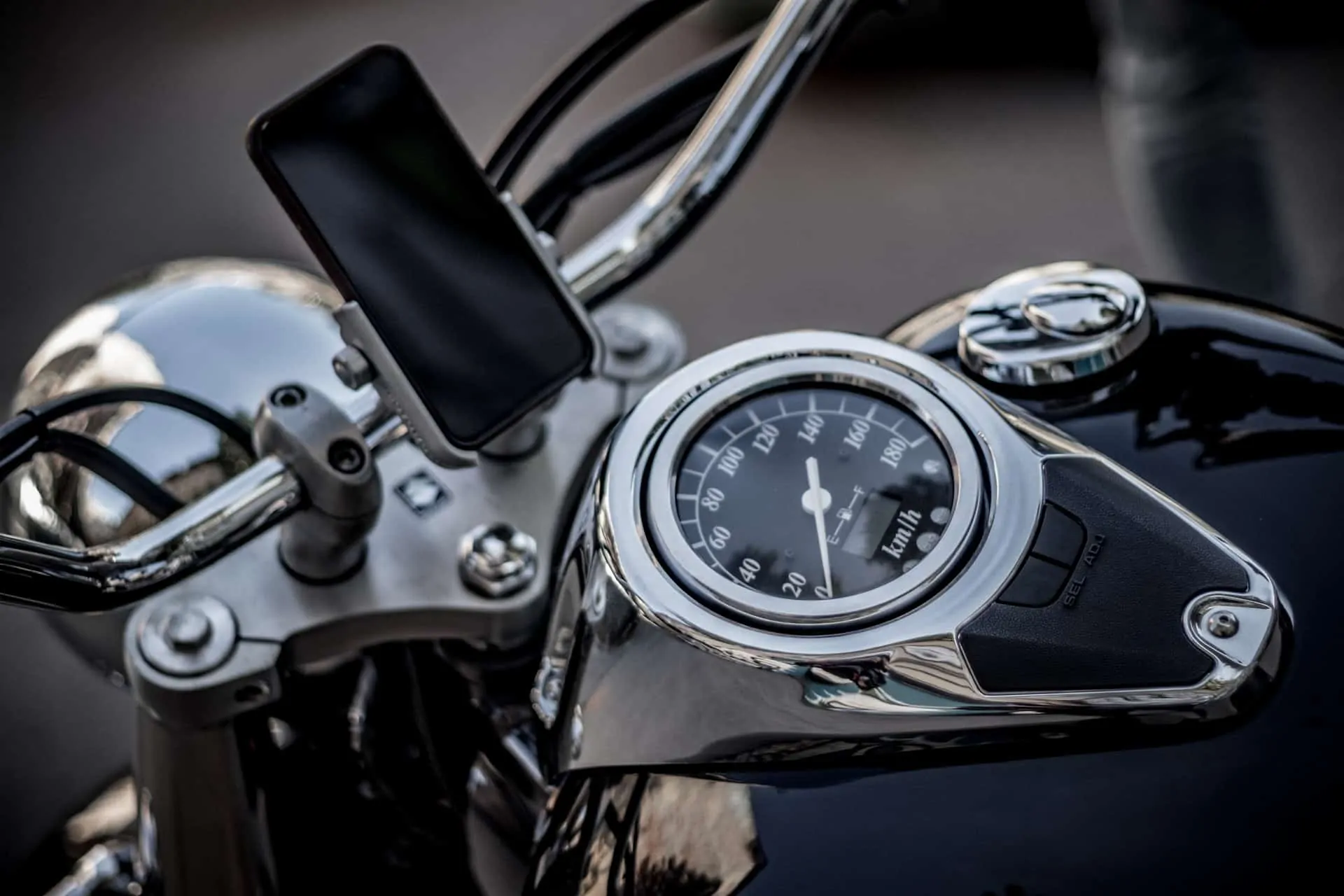Before buying a secondhand motorcycle, a lot of individuals refer to the mileage as one of the main considerations. It is said that a motorcycle with higher mileage is not the smartest option because it has been used a lot already.
The number of miles depends on the make and model of the motorcycle as well as how frequently it was used. The average motorcycle lasts for 50,000 miles. It is also important to note that car mileage is way different from motorcycle mileage. Motorcycle mileage shouldn’t be the sole determiner of whether or not you should purchase a certain secondhand motorcycle.
Motorcycle mileage is just a number that indicates the distance that the motorcycle has already traveled. The mileage is good supplementary information but should never be the sole basis when purchasing secondhand models.
What The Motorcycle Mileage Means
The motorcycle mileage is the number of miles that the motorcycle already drove. This number is indicated on the odometer. The reason why this number isn’t valued a lot is that it doesn’t hold much weight in determining a used motorcycle’s worth.
The number means so many different things so there’s no uniform assessment for it. A motorcycle that’s old but has low mileage doesn’t automatically mean you should buy it. Alarmingly low mileage means that the motorcycle may have been “mothballed,” a colloquial term that means it was stored and unused for a long period of time.

There are serious consequences to long-term and unstimulated motorcycle storage. The gas tank may develop rust that causes the metal to flake, the fuel may have gone bad that it caused corrosion, there may be clogs in the carburetor jets, and the pistons and rings may experience seizing in their bores. You’ll definitely spend a fortune trying to repair all of those issues.
A motorcycle with higher mileage is still the better purchase because you can see that it was regularly used and maintained. The best thing to do is to ask for the complete service records so that you can ensure that the motorcycle was reasonably used and not abused. It is inadvisable to buy a motorcycle if the previous owner couldn’t provide the service records.
Another reason why mileage doesn’t matter is that it greatly differs from one motorcycle model to another. There are low-mileage models that may have been ridden over rough terrains. There are also high-mileage models ridden over smooth roads. The mileage is not a determiner for how much stress the motorcycle was put under.
What Is Considered As High Motorcycle Mileage
The exact value differs from model to model. For example, a twenty-year-old Honda Goldwing may have 277,000 miles but that’s okay since it’s just around 6,000 miles per year. This number is acceptable if you find that the motorcycle is completely functional, with good maintenance records, no engine leaks, and no apparent physical damage.
Conversely, 25,000 miles on sports bikes are considered to be high mileage because this type of motorcycle is naturally driven aggressively and across rough terrains, too. That means that even if it only clocked in a few miles, every mile is traversed roughly and that’s bound to negatively affect the motorcycle. Sports bikes with 25,000 miles or more usually need engine repairs compared to cruiser models with the same number of miles.

Factors To Consider When Buying Secondhand Motorcycle Units
As aforementioned, the motorcycle mileage shouldn’t be the sole determiner of whether or not you should buy a certainly used motorcycle. Here are the factors that you should actually consider.
Owner History
Pore over the papers and take a look at the previous owners of the motorcycle. It’s better to buy a motorcycle that has been owned by the same rider for thirty years rather than one that is passed around from owner to owner.
The consistent care and riding habits will ensure that the damages are kept to a minimum. The consistency also means that the previous owner was responsible enough to ensure the upkeep. Long-term ownership also means that the rider most likely pampered the motorcycle and took its maintenance routine seriously.
Other implications of long-term ownership include gentler driving habits, less aggressive usage of the engine, and conservatism in terms of driving overall.
Driving Habits
Take a look at how the motorcycle model was used by the previous owners. Was it pampered and used gently, or was the driver always twisting the throttle? Did the previous owner shift with or without a clutch? Does he slam the brakes?
Constant rough treatment can accumulate into serious and permanent damage. You’ll need to replace the affected parts with aftermarket kits. The driving habits also play a huge role in affecting the longevity of the engine. Aggressive driving habits will take a toll on the motorcycle engine, even if it only clocked in a few miles.

Check Validity Of Odometer Reading
The odometer reading can be tampered with. Some motorcycle resellers adjust the number so that it appears like the motorcycle was barely used, even if it was. One way to avoid fraudulent issues is by only purchasing from credible motorcycle dealers.
There are also motorcycle repairs that can make the reading go higher or lower. Changing the tire size or replacing the non-stock sprockets can change the mileage, so be wary of that.
Overall Condition
This should be the primary consideration when looking at secondhand models. Ask for a complete compilation of service records so that you will be informed of any change that occurred on the motorcycle. Take it as a bad sign when the previous owner couldn’t produce service records.
You can also inspect the motorcycle yourself. The factory wiring must appear to be in good working order, the motorcycle must have glossy paint, the chrome on the exhaust should be shiny without signs of erosion, and the tires must match and shouldn’t be worn to the tread. These are indicators of a motorcycle that was well taken care of. These are also more crucial factors than simply looking at the odometer.
